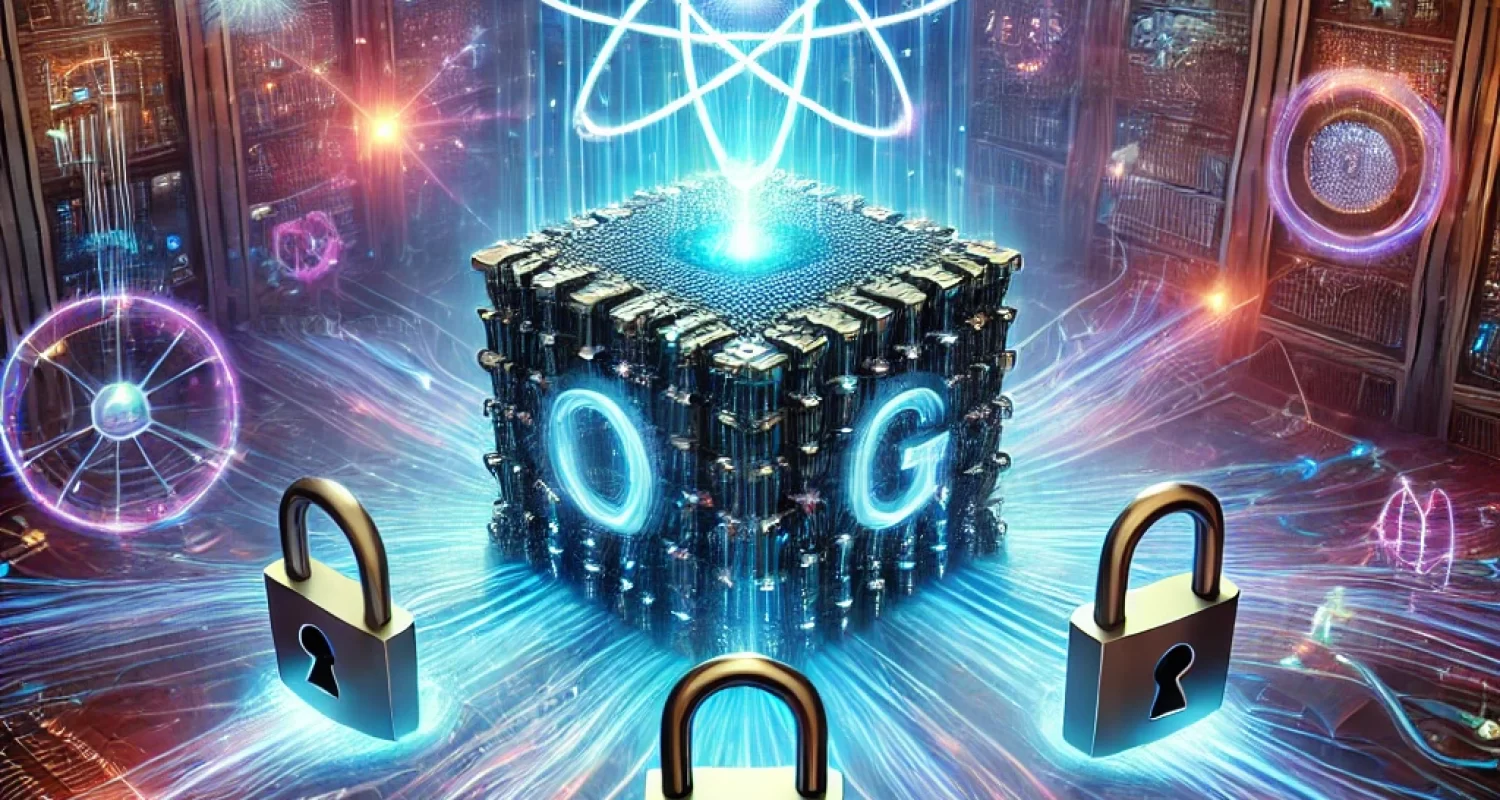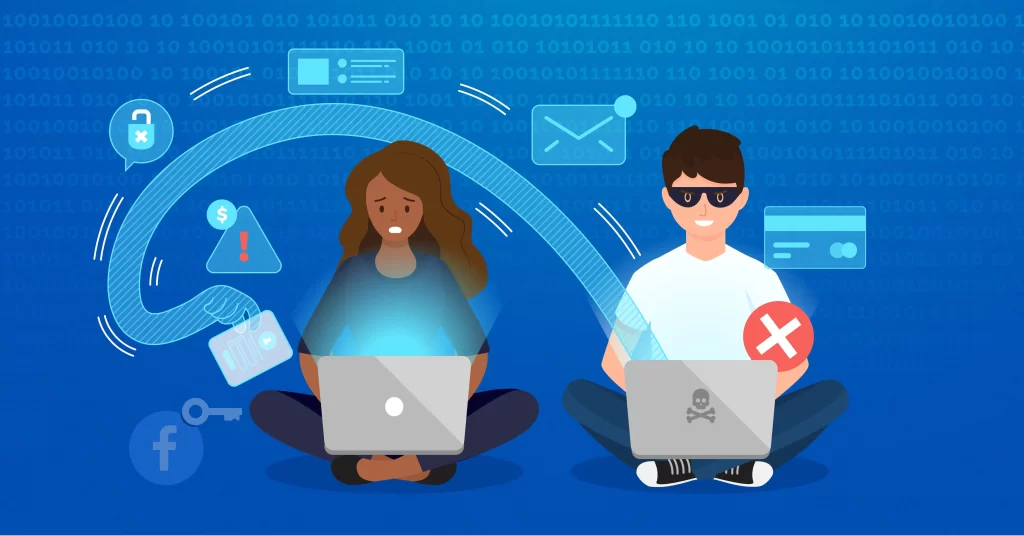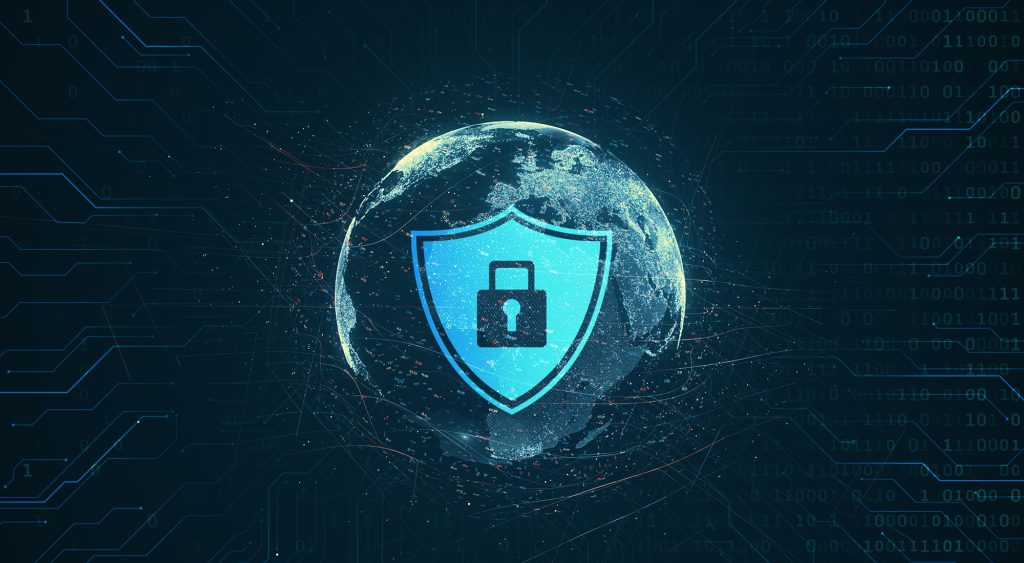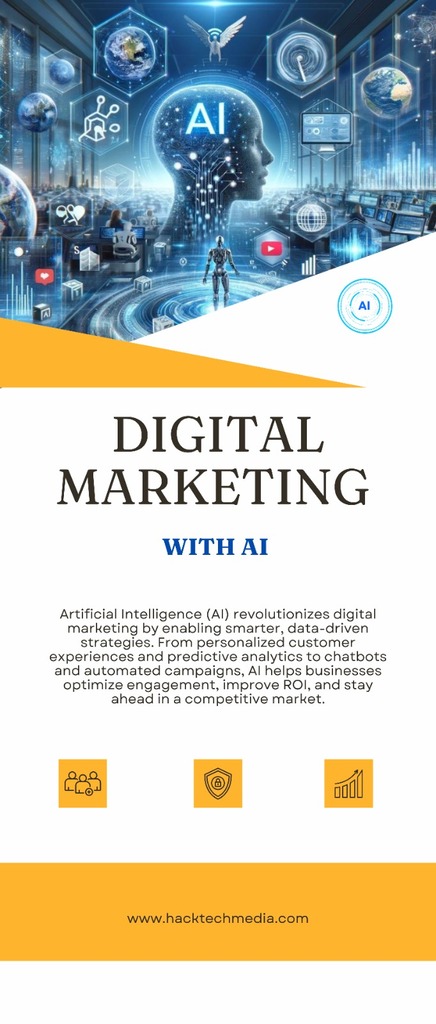As we step into 2025, the cybersecurity landscape is evolving faster than ever. With cyber threats becoming more sophisticated, businesses and individuals must stay ahead of emerging trends to protect their digital assets. The rapid advancements in artificial intelligence (AI), cloud computing, and the Internet of Things (IoT) have opened new frontiers for cybercriminals, making cybersecurity more critical than ever before.
In this blog, we will explore the latest trends and predictions shaping the future of cybersecurity in 2025 and beyond.
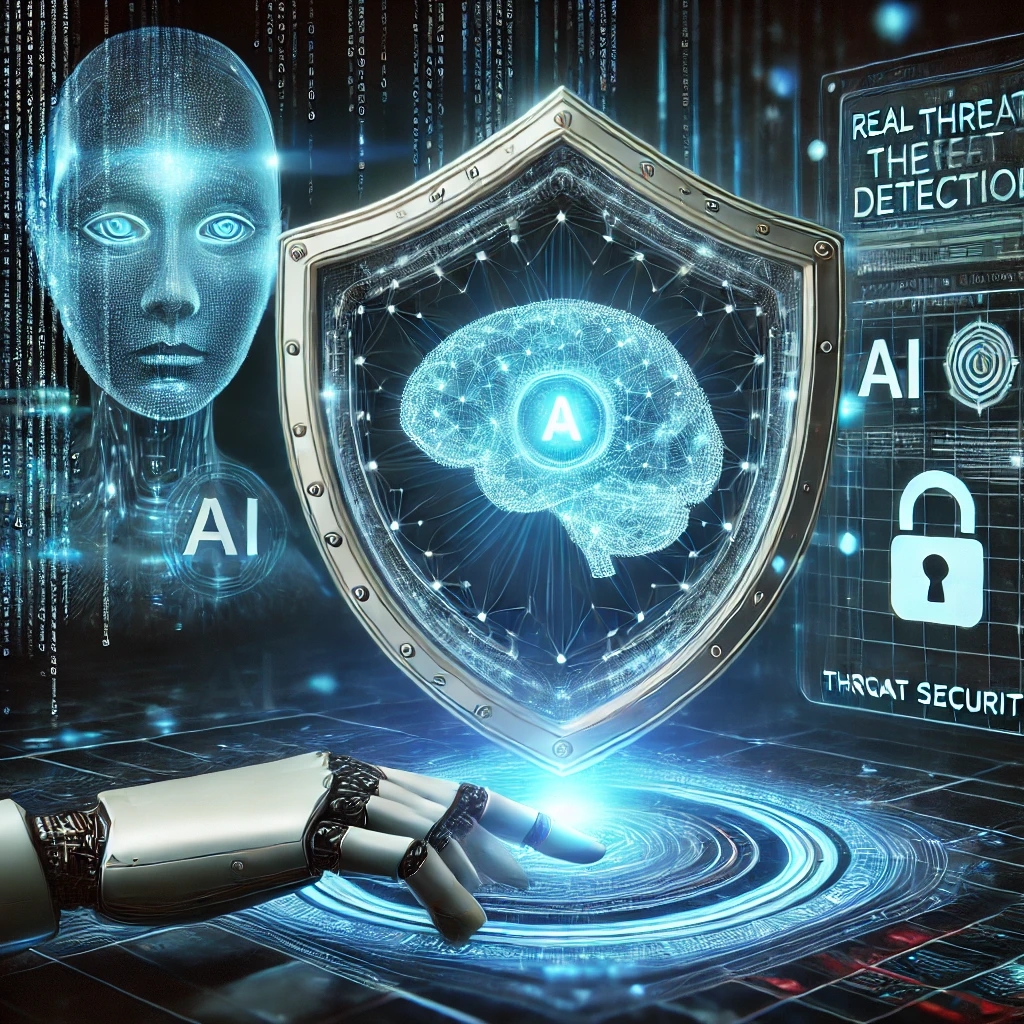
1. Rise of AI-Powered Cybersecurity
Artificial intelligence is revolutionizing cybersecurity by automating threat detection, response, and prevention. AI-driven security tools are becoming more sophisticated, enabling organizations to predict and counter cyberattacks in real-time.
Key AI-Powered Cybersecurity Trends:
- Automated Threat Detection – AI algorithms analyze massive datasets to identify vulnerabilities and threats before they cause damage.
- AI in Security Operations Center (SOC) – AI-driven Security Information and Event Management (SIEM) systems improve incident response times.
- AI-Powered Phishing Detection – AI can detect phishing attacks with greater accuracy by analyzing email behavior patterns.
2. Zero Trust Architecture (ZTA) Becomes the Norm
The traditional perimeter-based security model is no longer effective. Organizations are adopting Zero Trust Architecture (ZTA), which requires continuous verification of users and devices.
Zero Trust Principles:
- Verify Everything – No implicit trust; continuous authentication is required.
- Least Privilege Access – Users receive only the access necessary for their roles.
- Microsegmentation – Network segmentation minimizes the attack surface.
Zero Trust is critical for businesses handling sensitive data, as cybercriminals increasingly target internal networks.
3. Increased Threats to Cloud Security
The Future of Cybersecurity With businesses shifting to cloud-based infrastructures, cloud security risks have surged. In 2025, cybercriminals will exploit misconfigurations, API vulnerabilities, and poor identity management to breach cloud environments.
How to Strengthen Cloud Security:
- Implement Multi-Factor Authentication (MFA) – Enhances access control.
- Cloud Workload Protection (CWP) – Monitors cloud environments for threats.
- Compliance & Governance – Ensuring cloud providers meet cybersecurity standards.
4. Growing Importance of Cyber Resilience
Cyber resilience goes beyond traditional cybersecurity by focusing on quick recovery from cyberattacks. Companies are investing in:
- Incident Response Plans – Predefined response strategies for different attack scenarios.
- Cyber Insurance – Financial protection against cyberattacks.
- Business Continuity Strategies – Ensuring minimal disruption after a breach.
5. Quantum Computing and Cryptographic Threats
The Future of Cybersecurity and development of quantum computing poses a significant risk to traditional encryption methods. Quantum computers have the potential to break widely used cryptographic algorithms.

Preparing for Post-Quantum Security:
- Post-Quantum Cryptography (PQC) – New encryption methods resistant to quantum attacks.
- Hybrid Cryptographic Systems – Combining classical and quantum-resistant cryptography.
- Quantum Key Distribution (QKD) – Enhances encryption security.
6. Cybersecurity Skills Shortage and Workforce Challenges
The demand for cybersecurity professionals continues to exceed supply. Organizations are struggling to find skilled talent to combat emerging threats.
Solutions to Address Workforce Shortage:
- Upskilling Employees – Encouraging certifications and cybersecurity training.
- AI and Automation – Reducing manual workload with automated security solutions.
- Diversity & Inclusion – Encouraging more individuals from diverse backgrounds to join the field.
For those interested in cybersecurity training, check out our digital marketing course in Belapur that also touches on cybersecurity principles.
7. IoT and 5G-Related Security Challenges
The proliferation of IoT devices and 5G networks has expanded the attack surface for hackers. Many IoT devices lack proper security measures, making them easy targets for cybercriminals.
Best Practices for IoT Security:
- Regular Firmware Updates – Keep devices updated against known vulnerabilities.
- Network Segmentation – Isolate IoT devices from critical business systems.
- Secure Authentication – Strong passwords and biometric authentication enhance security.
8. Ransomware Attacks Will Continue to Surge
Ransomware remains one of the most lucrative cyberattacks. Cybercriminals target businesses, governments, and individuals, demanding huge ransoms in exchange for encrypted data.
Preventing Ransomware Attacks:
- Regular Data Backups – Maintain offline backups to restore data.
- Endpoint Detection & Response (EDR) – Monitors endpoint activities for malicious behavior.
- Security Awareness Training – Educate employees on phishing and malware risks.
9. Social Engineering and Deepfake Cyber Threats
Social engineering attacks are evolving with the rise of deepfake technology. Cybercriminals can manipulate audio, video, and images to impersonate individuals and commit fraud.
How to Combat Deepfake Cyber Threats:
- AI-Powered Deepfake Detection Tools – Identifies manipulated media.
- Verification Protocols – Implement additional verification steps for sensitive transactions.
- Employee Awareness Programs – Educate employees on recognizing deepfake threats.

10. Increased Focus on Regulatory Compliance
Governments worldwide are enforcing stricter cybersecurity regulations to protect personal data and critical infrastructure. Compliance with laws such as GDPR, CCPA, and India’s Personal Data Protection Act is crucial for businesses.
Key Compliance Strategies:
- Regular Security Audits – Ensuring adherence to legal frameworks.
- Data Encryption – Protecting sensitive user information.
- Transparency in Data Collection – Clearly informing users about data usage policies.
The Future of Cybersecurity and Cybersecurity is no longer optional—it is a necessity. As we head into 2025, organizations must embrace cutting-edge technologies, implement robust security strategies, and educate their workforce to counter the evolving threat landscape.
At HackTechMedia, we stay at the forefront of cybersecurity advancements. Follow us on Facebook to stay updated with the latest trends and insights. Stay secure, stay informed!

